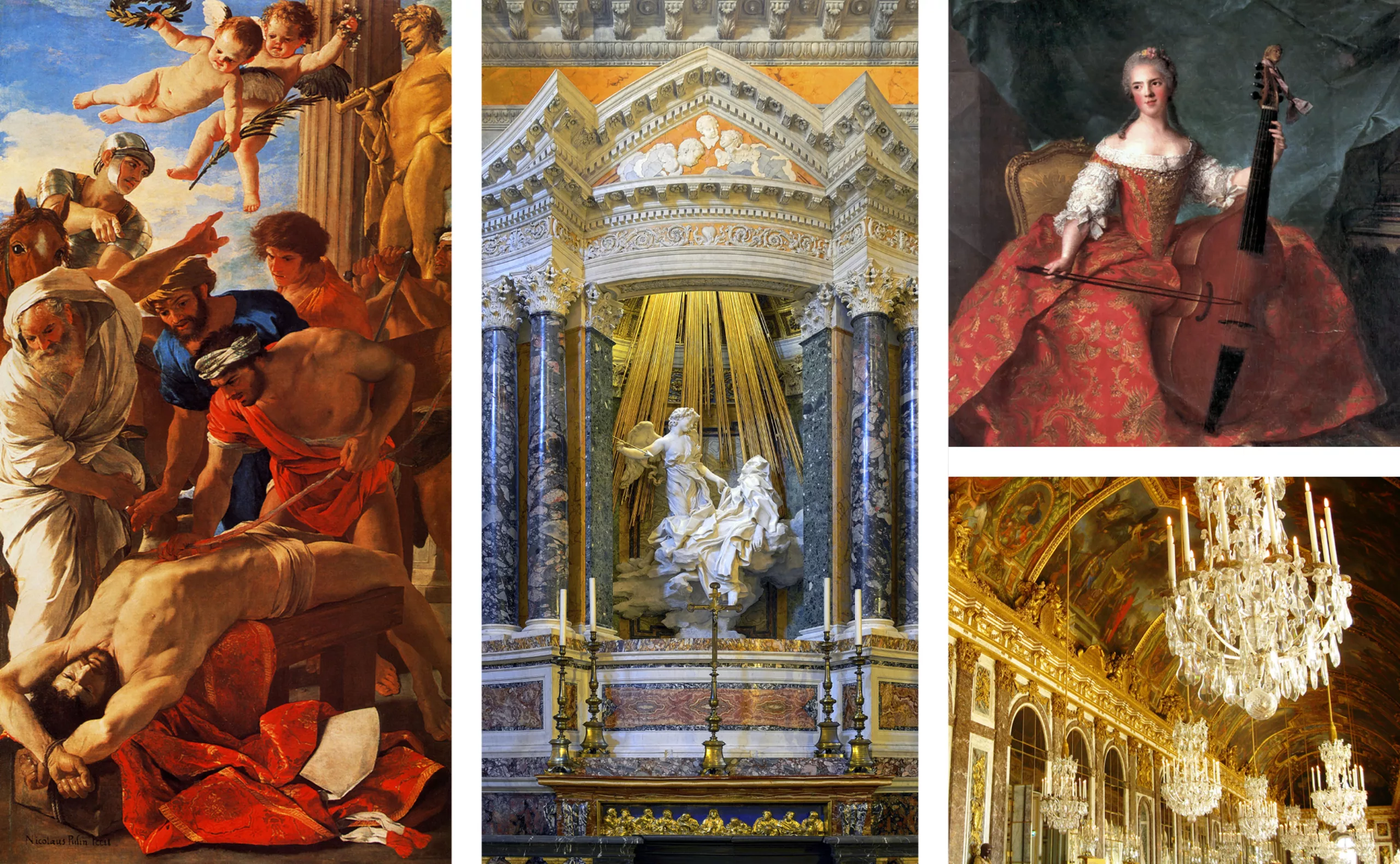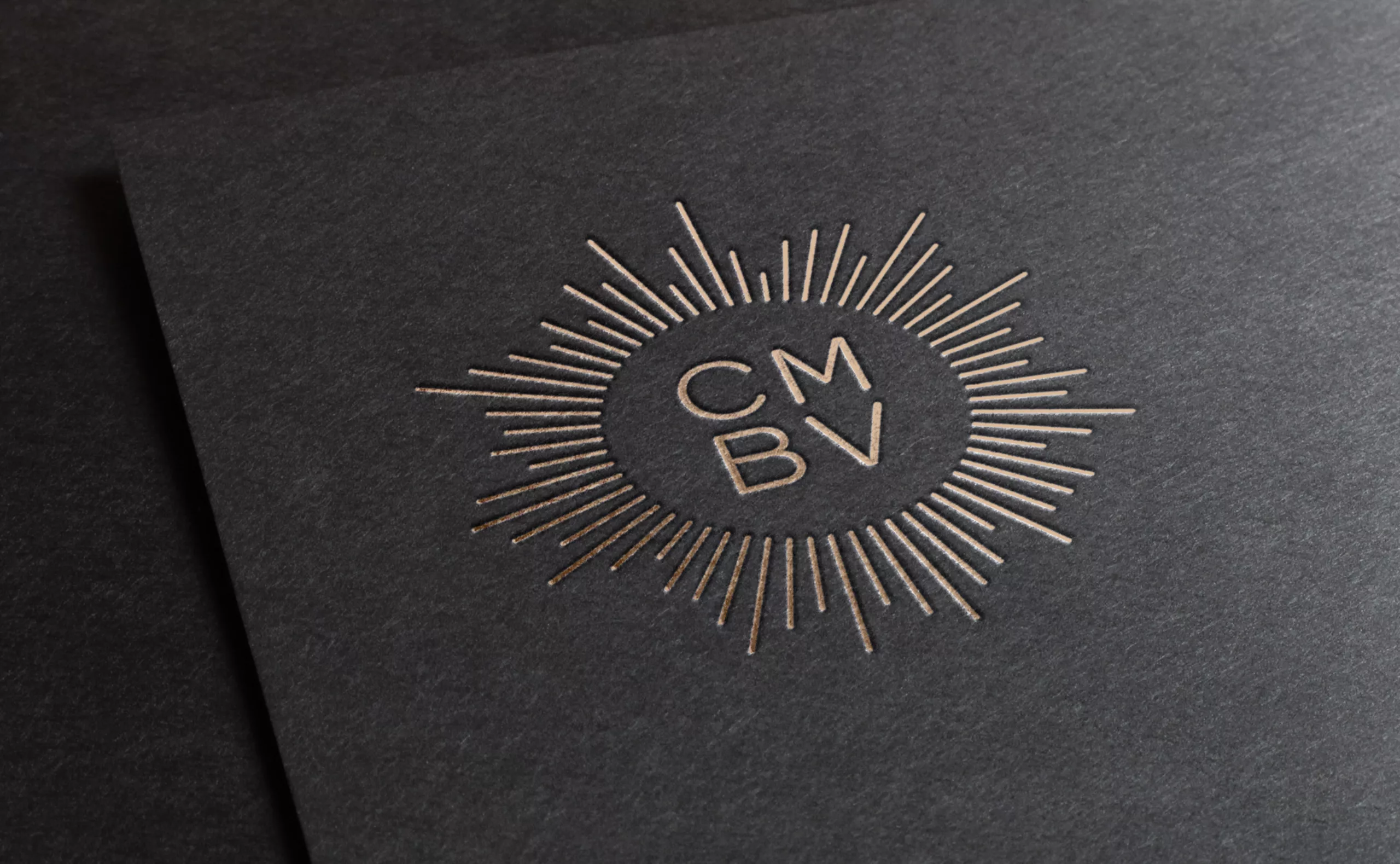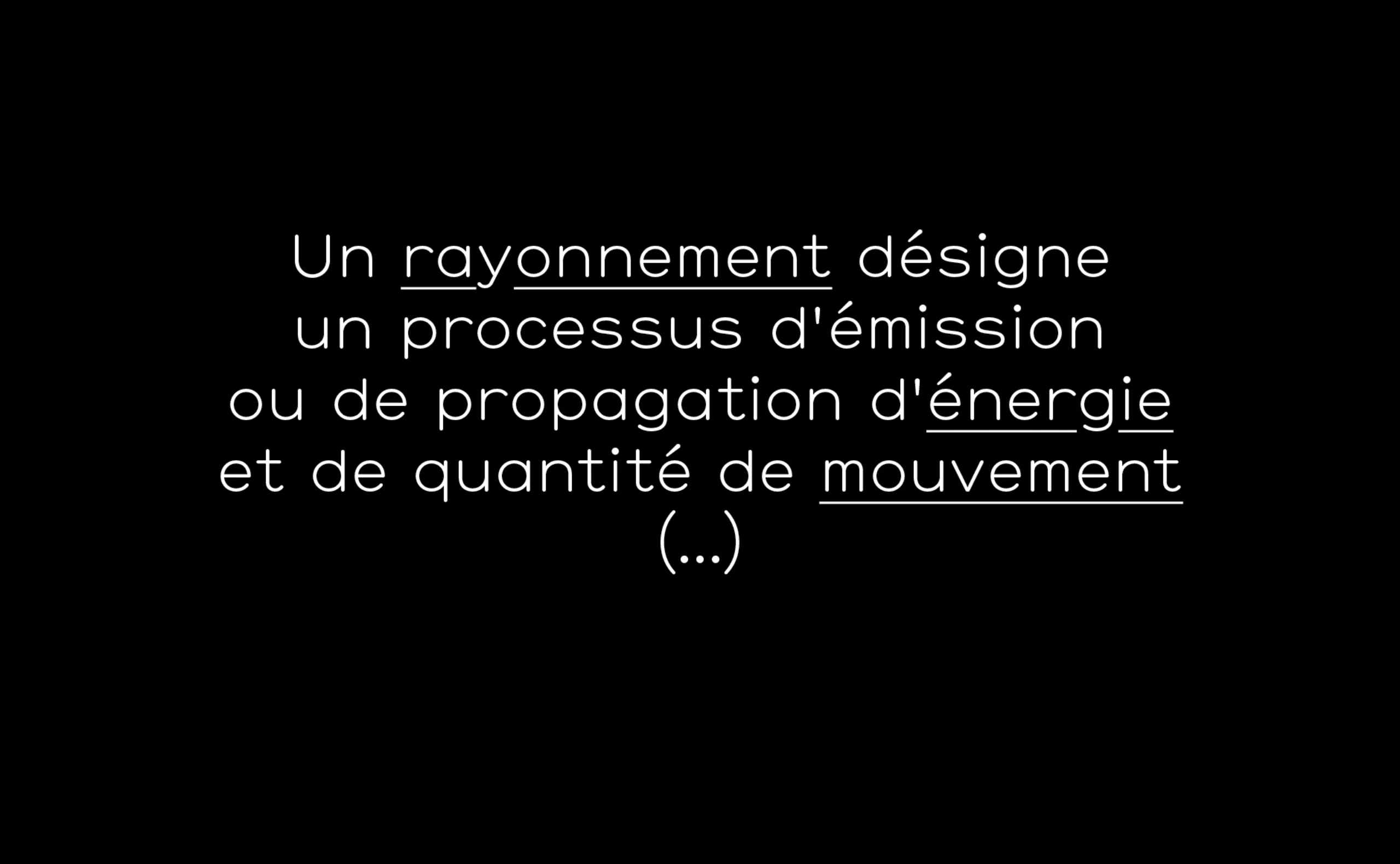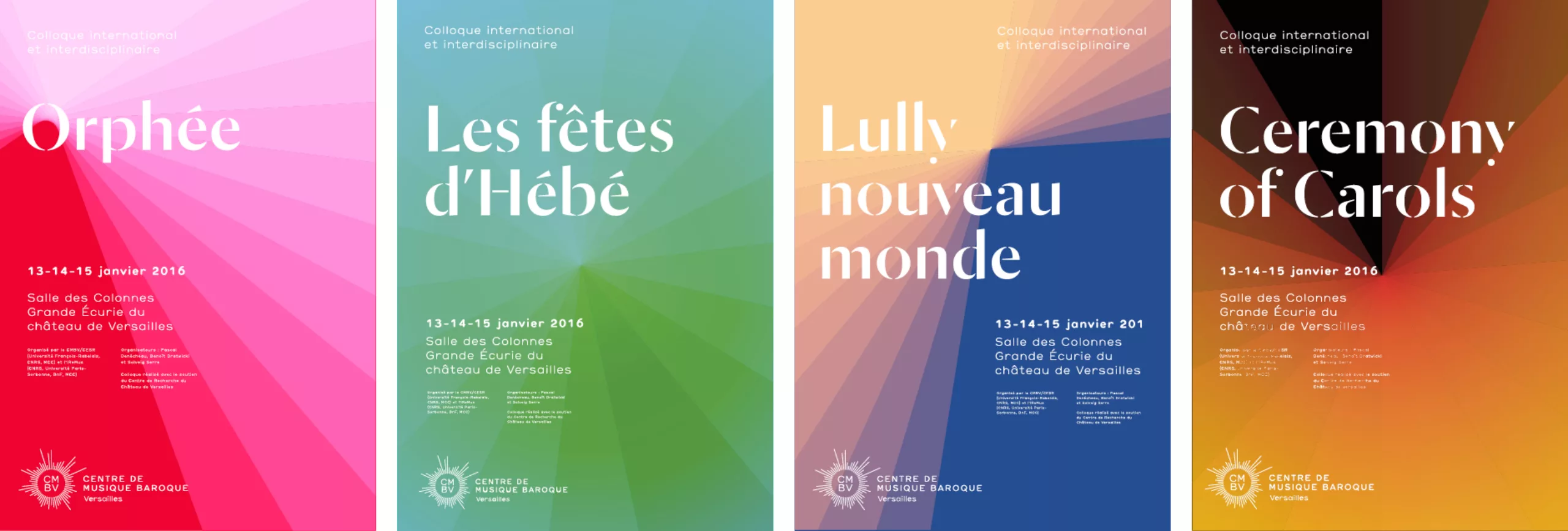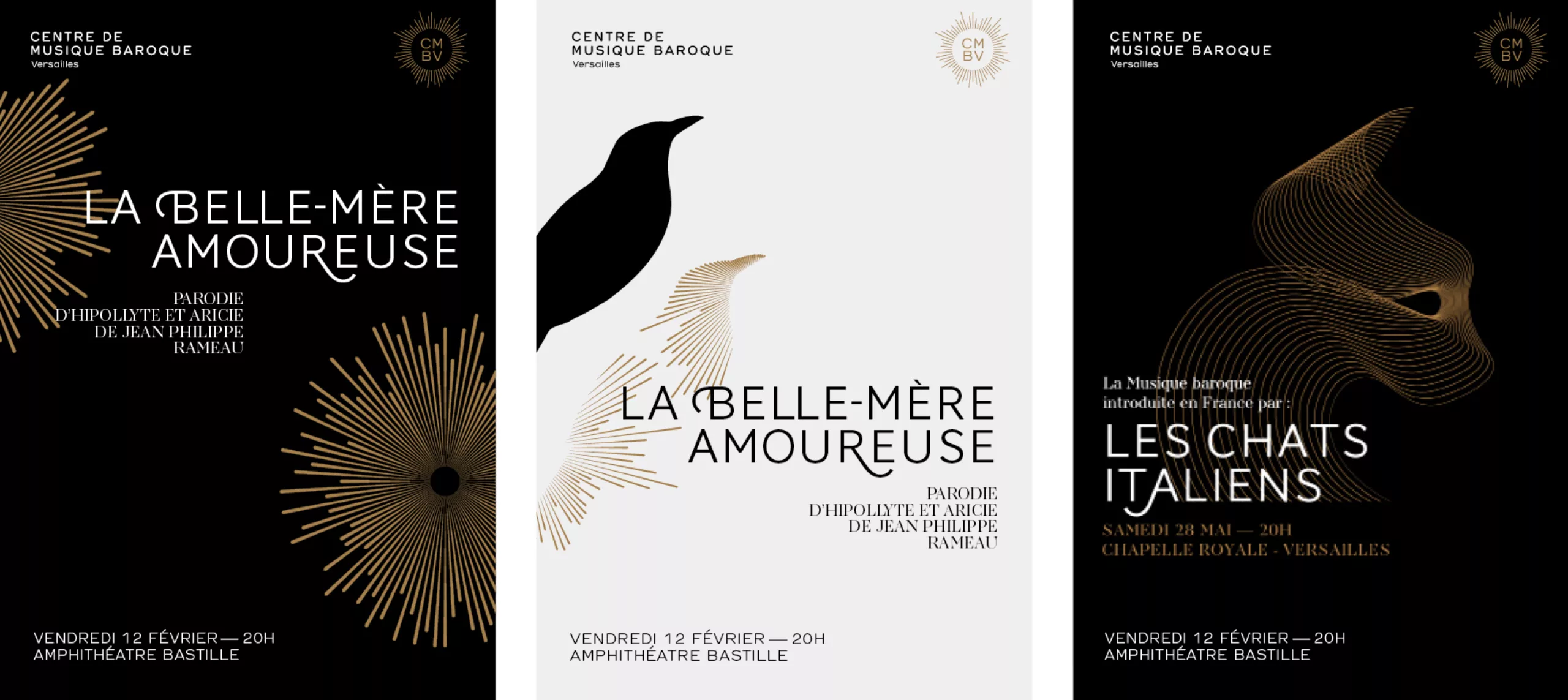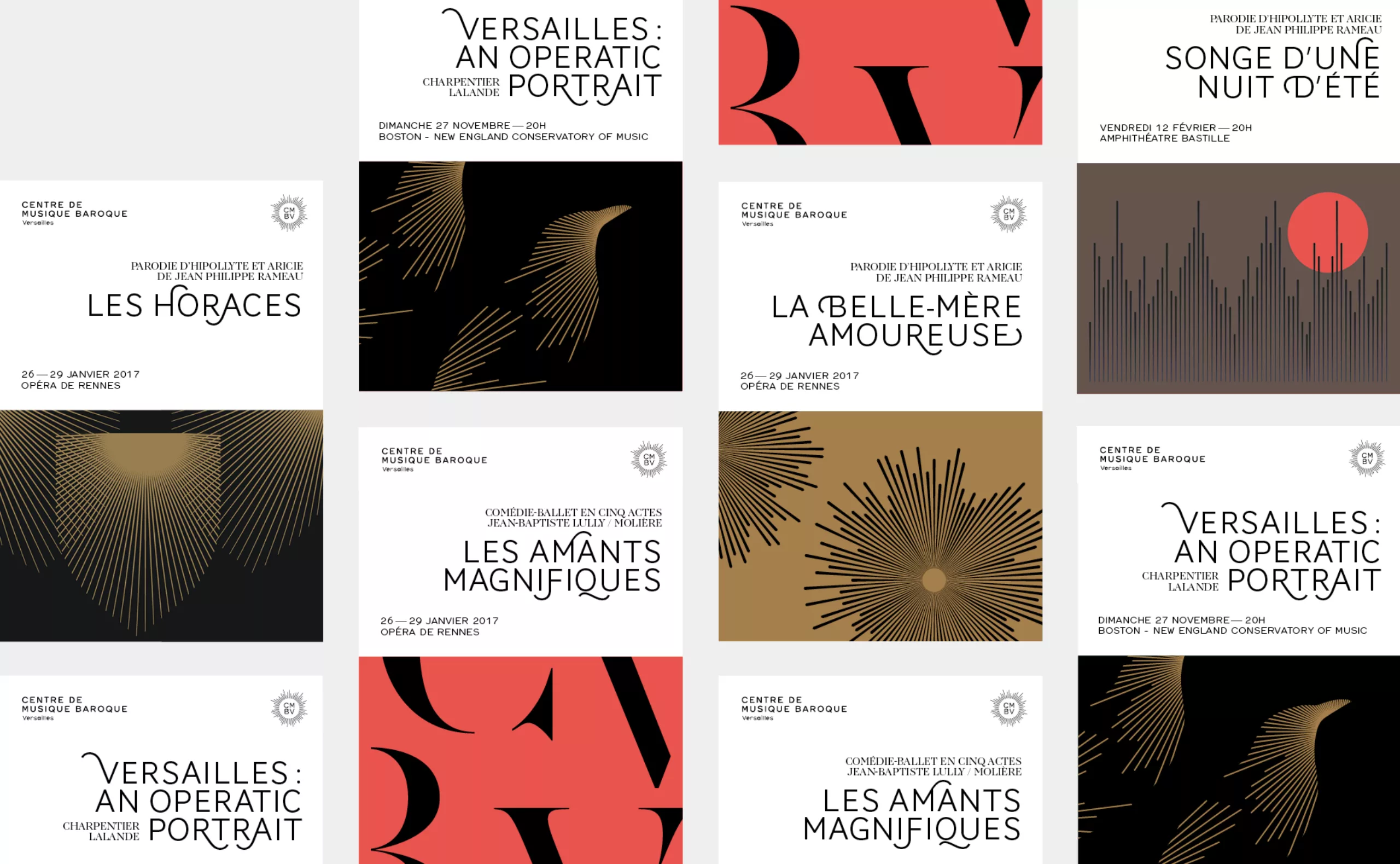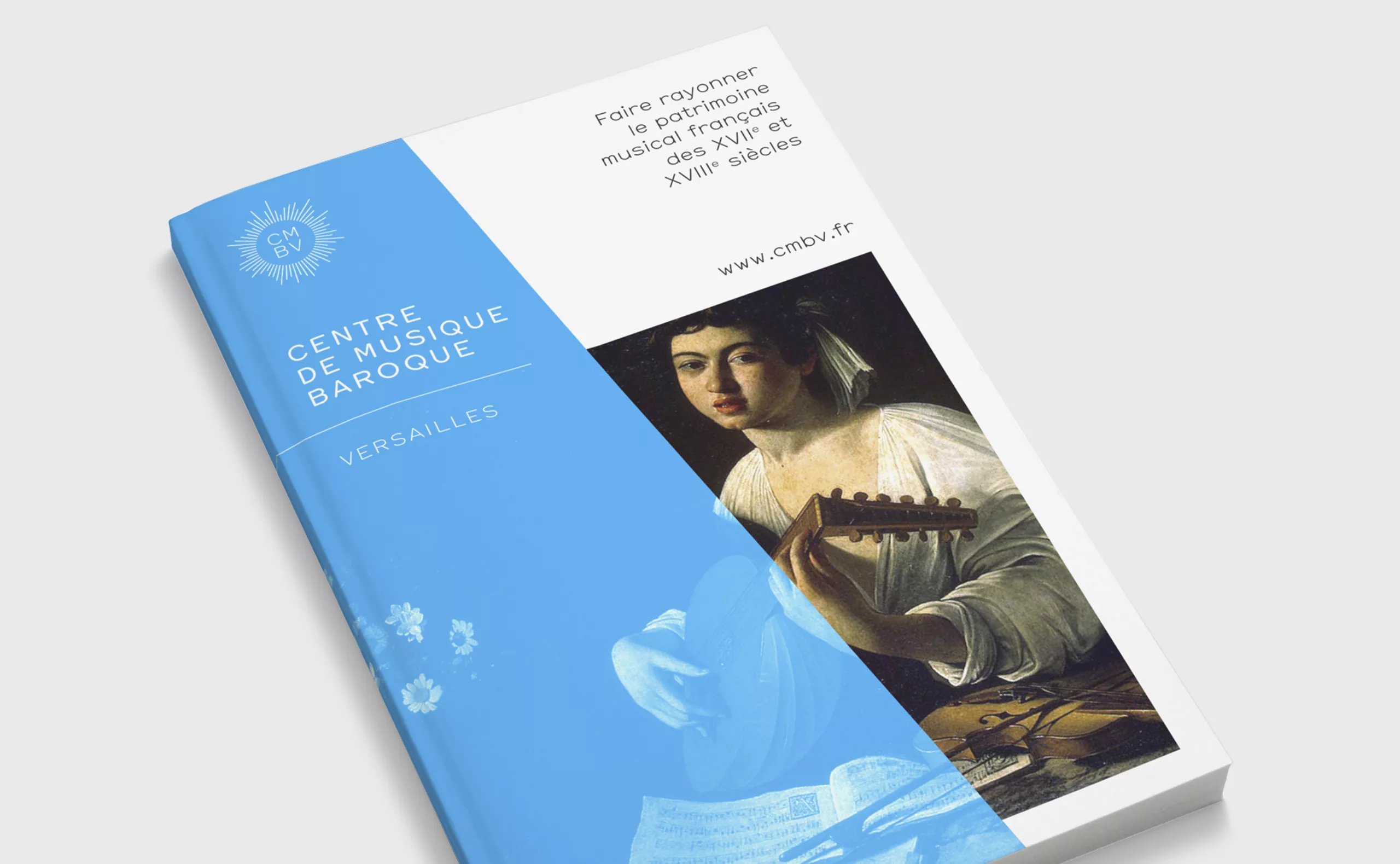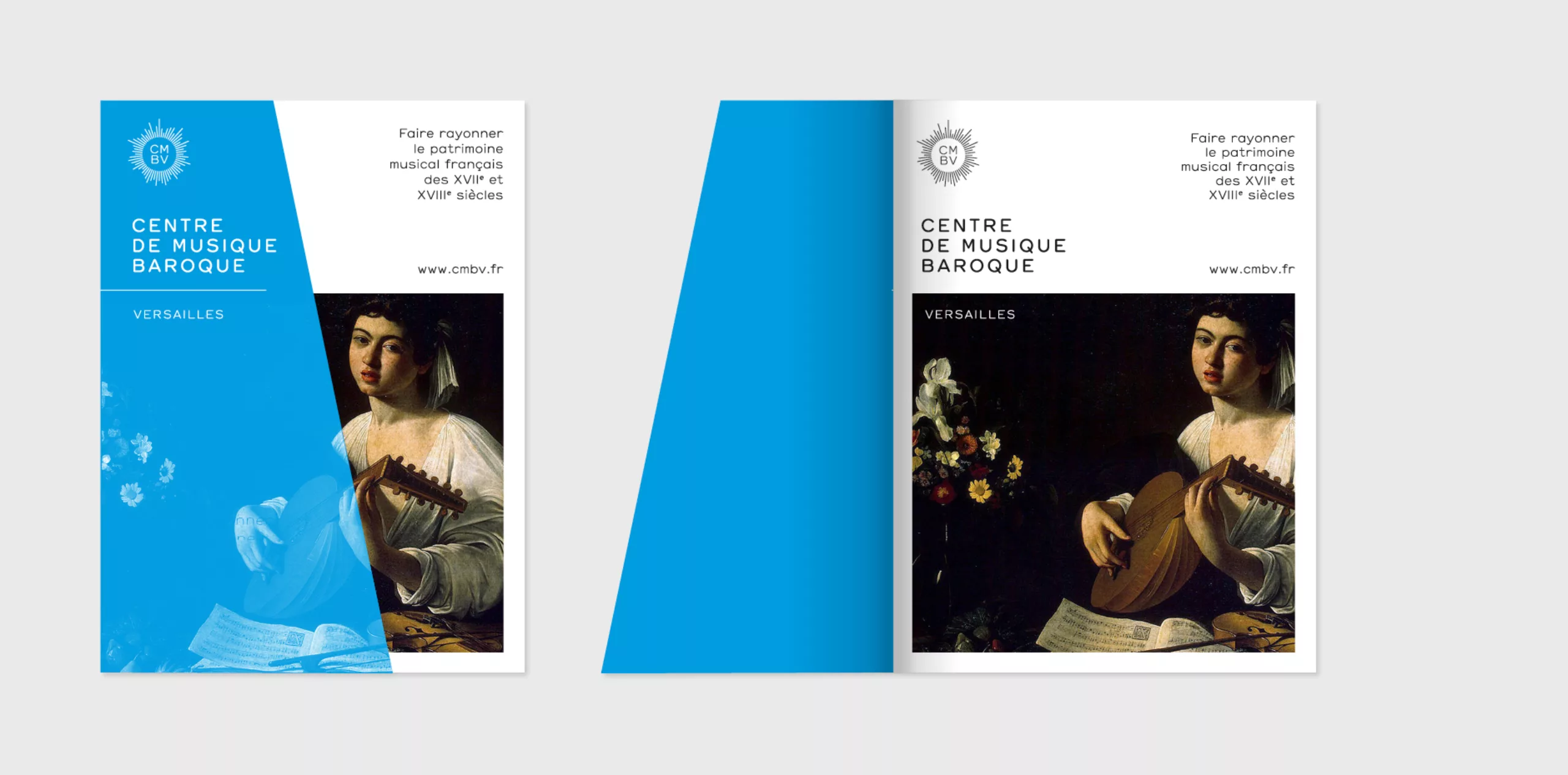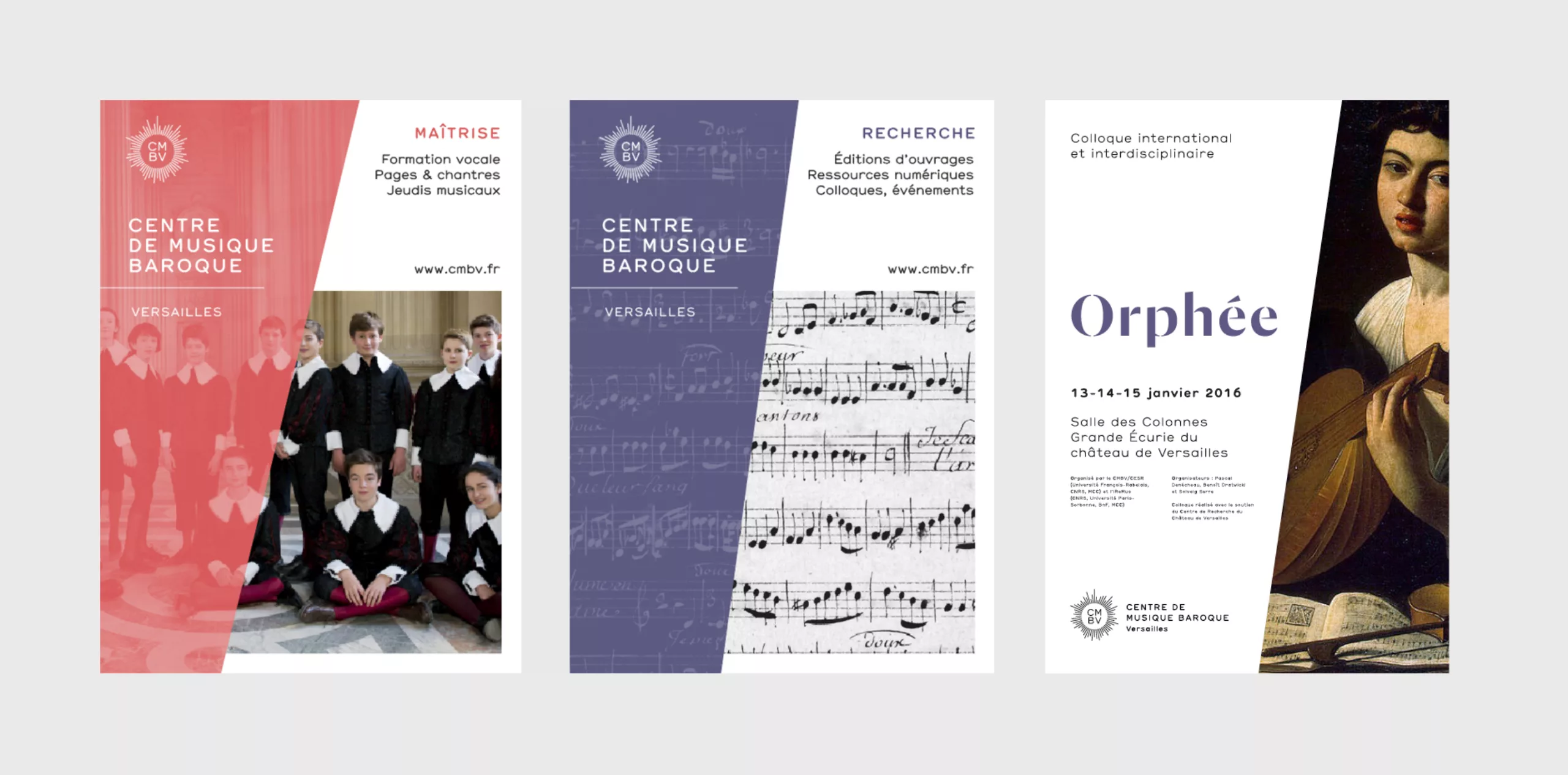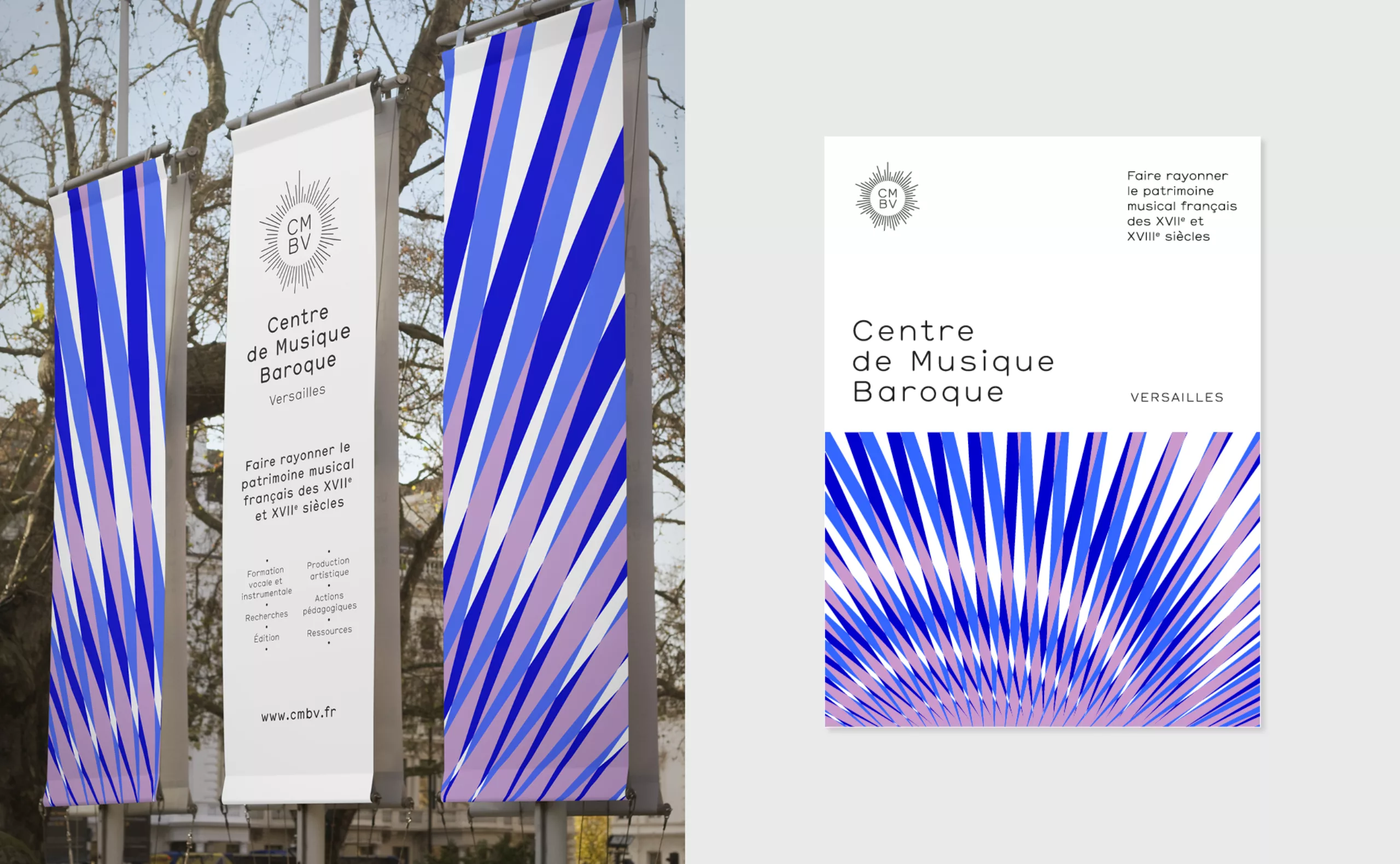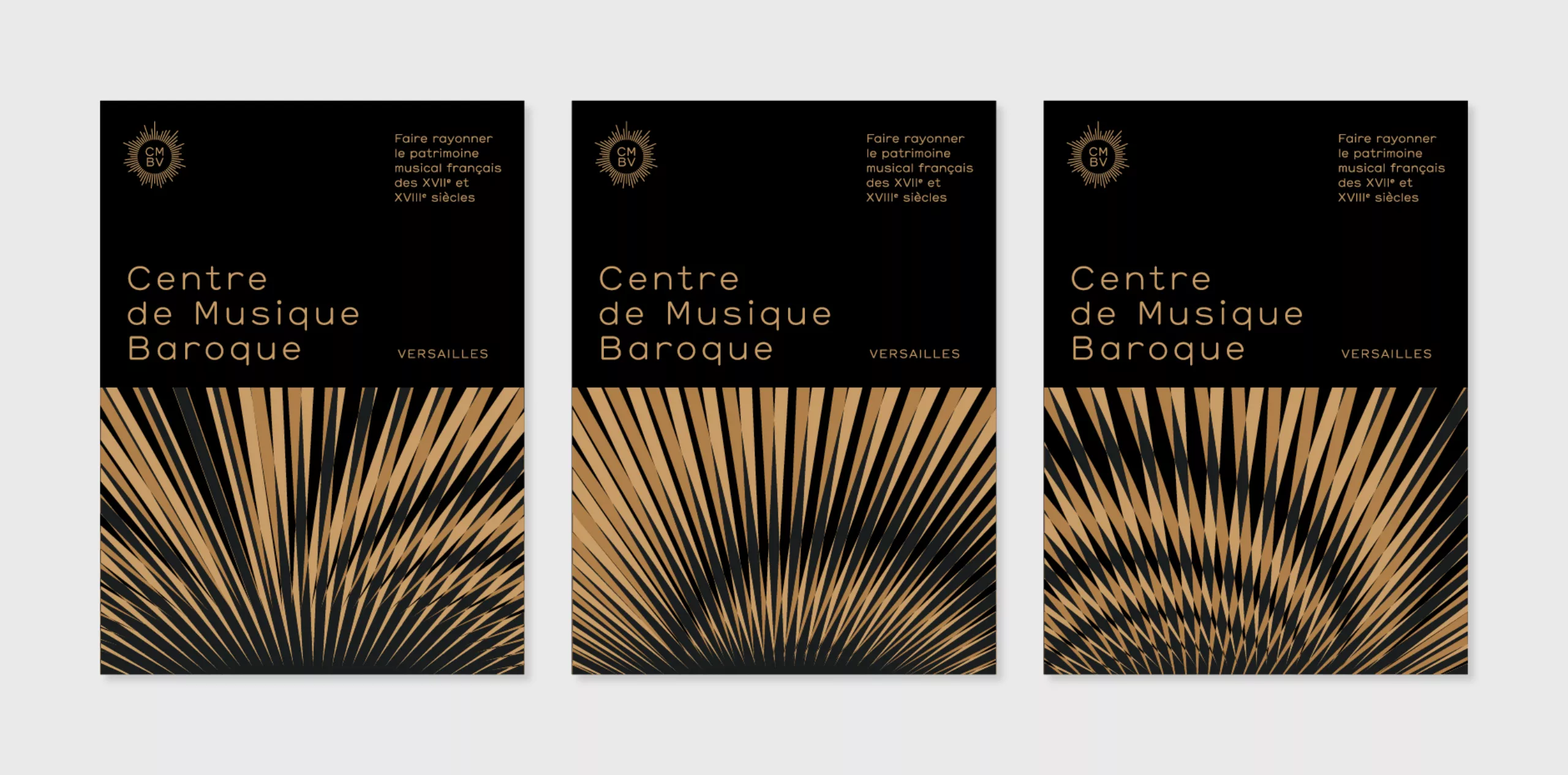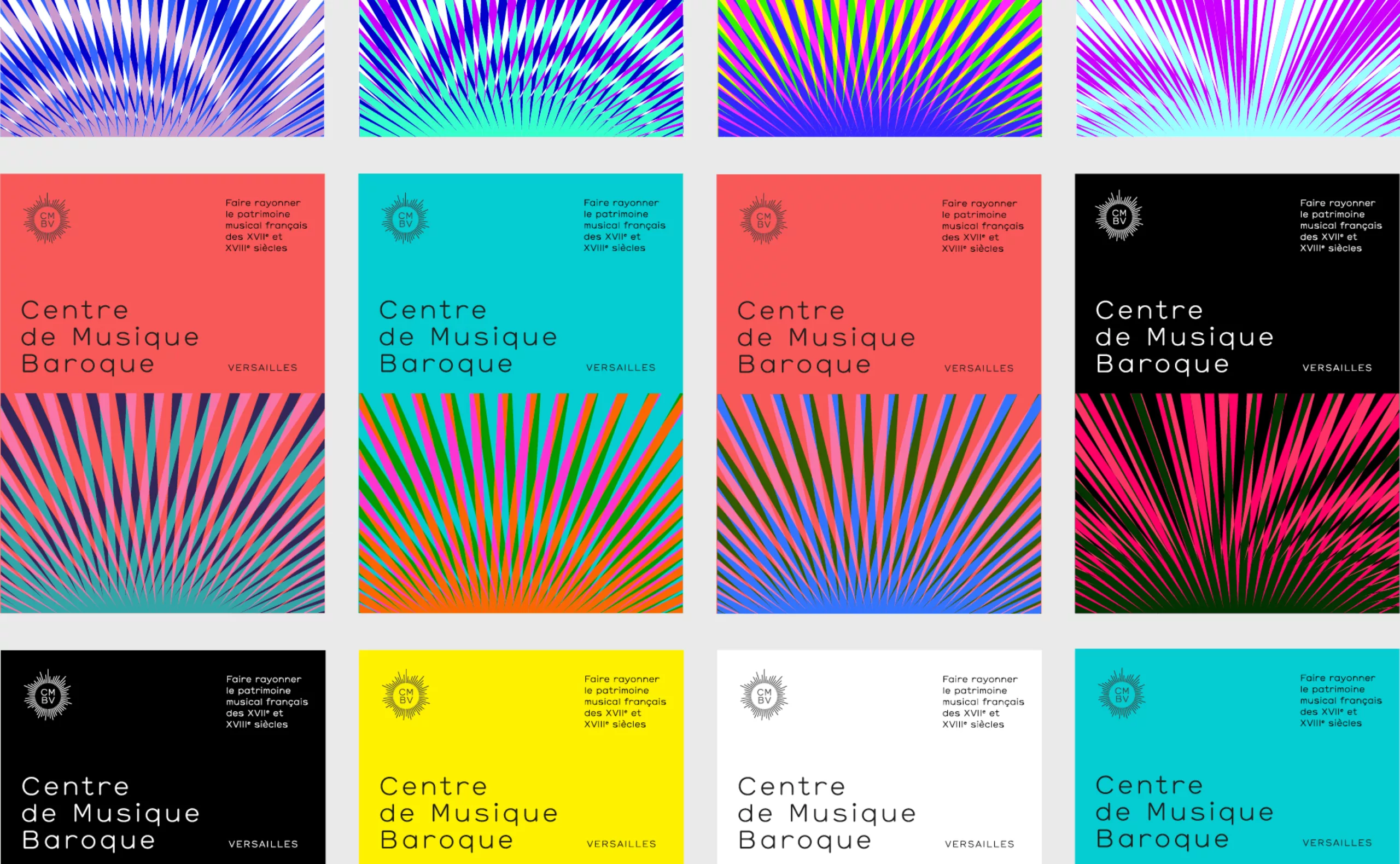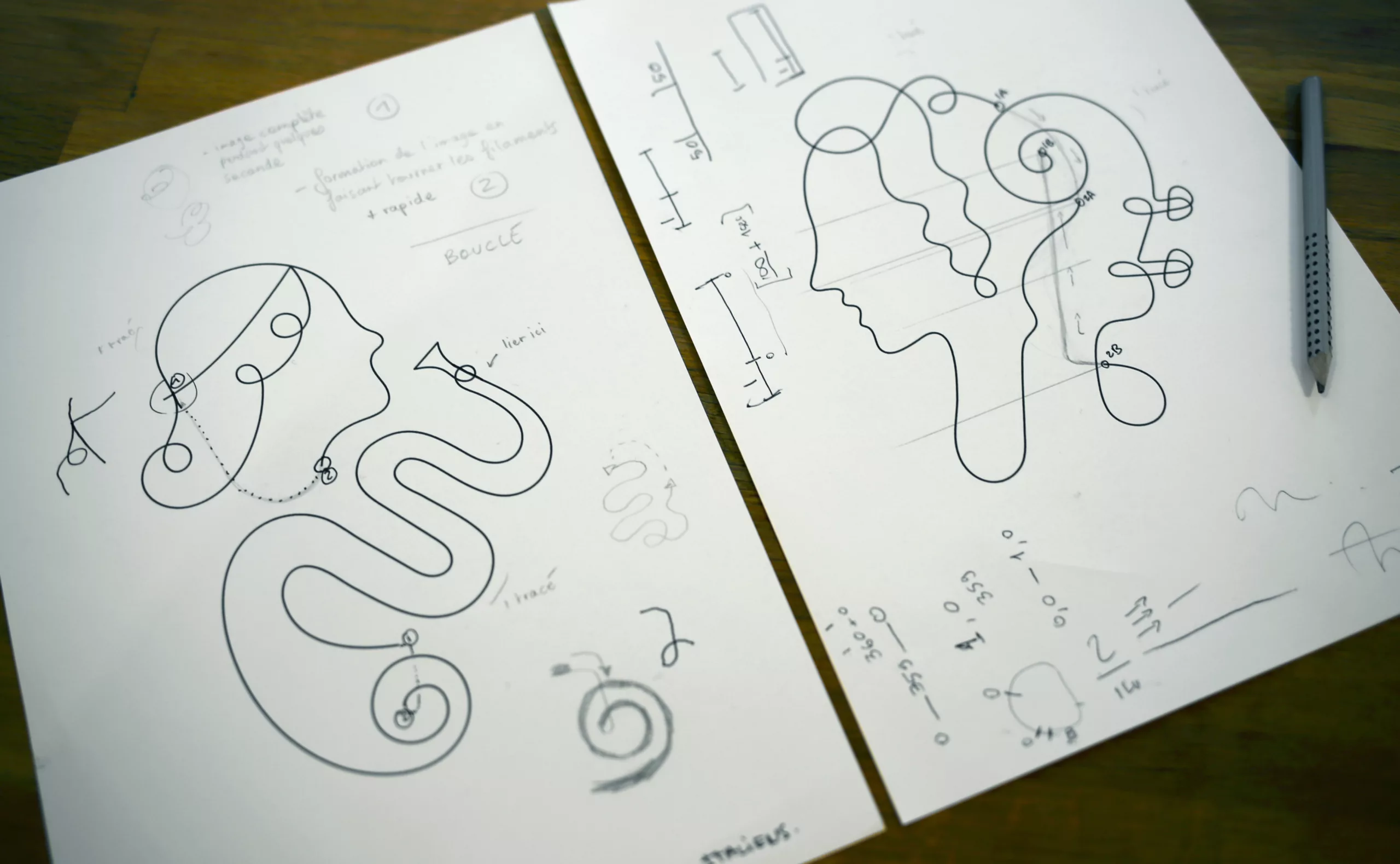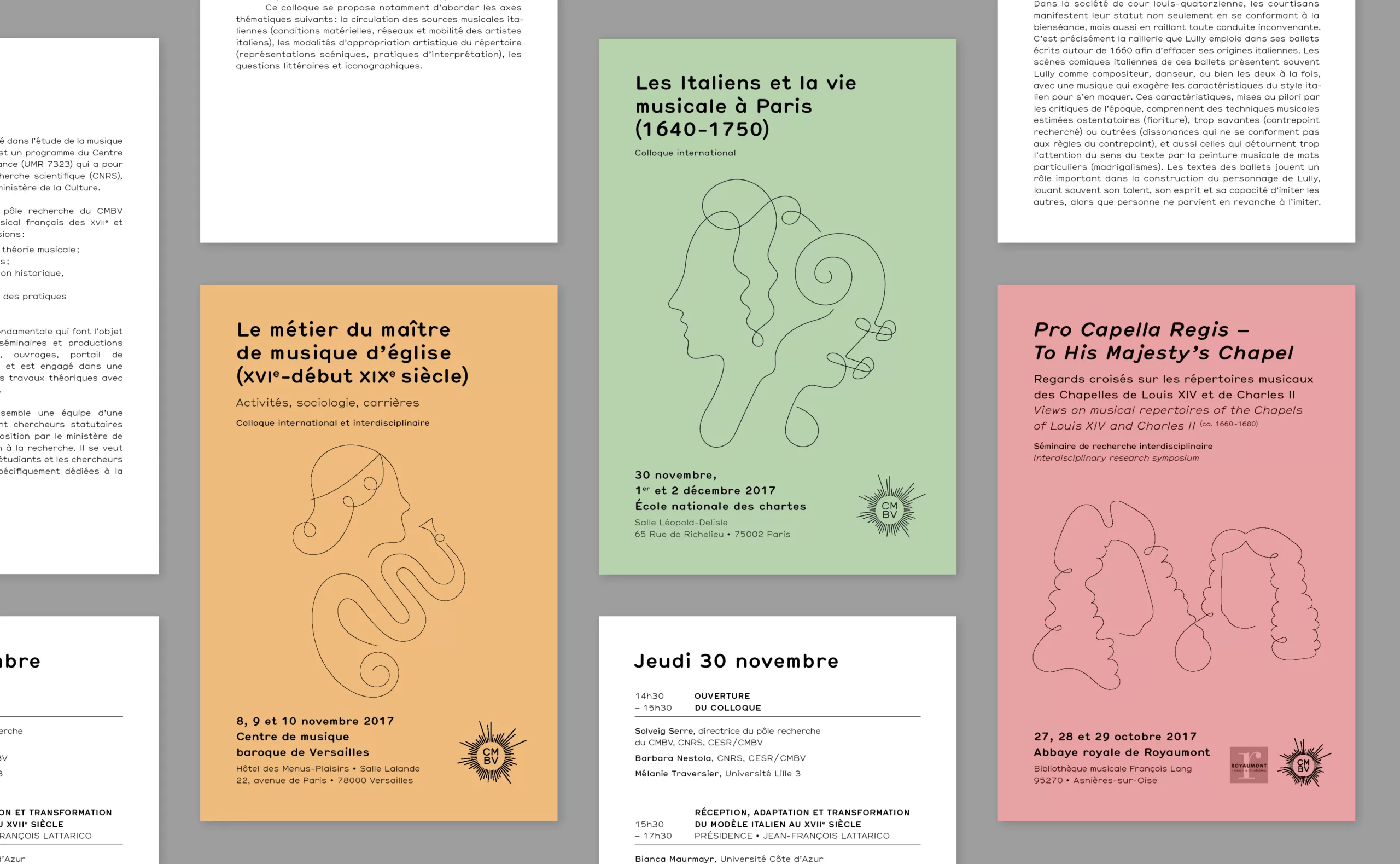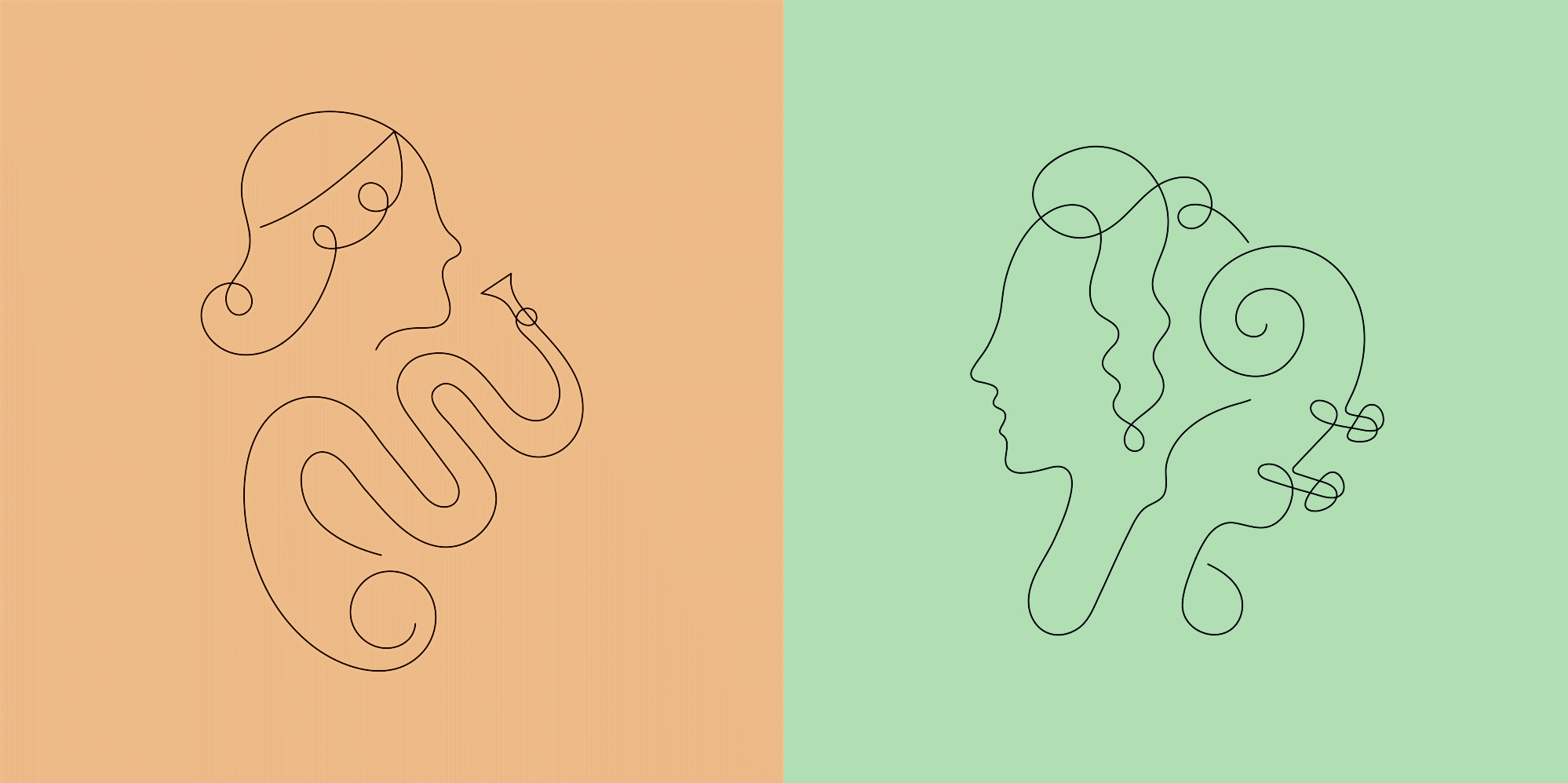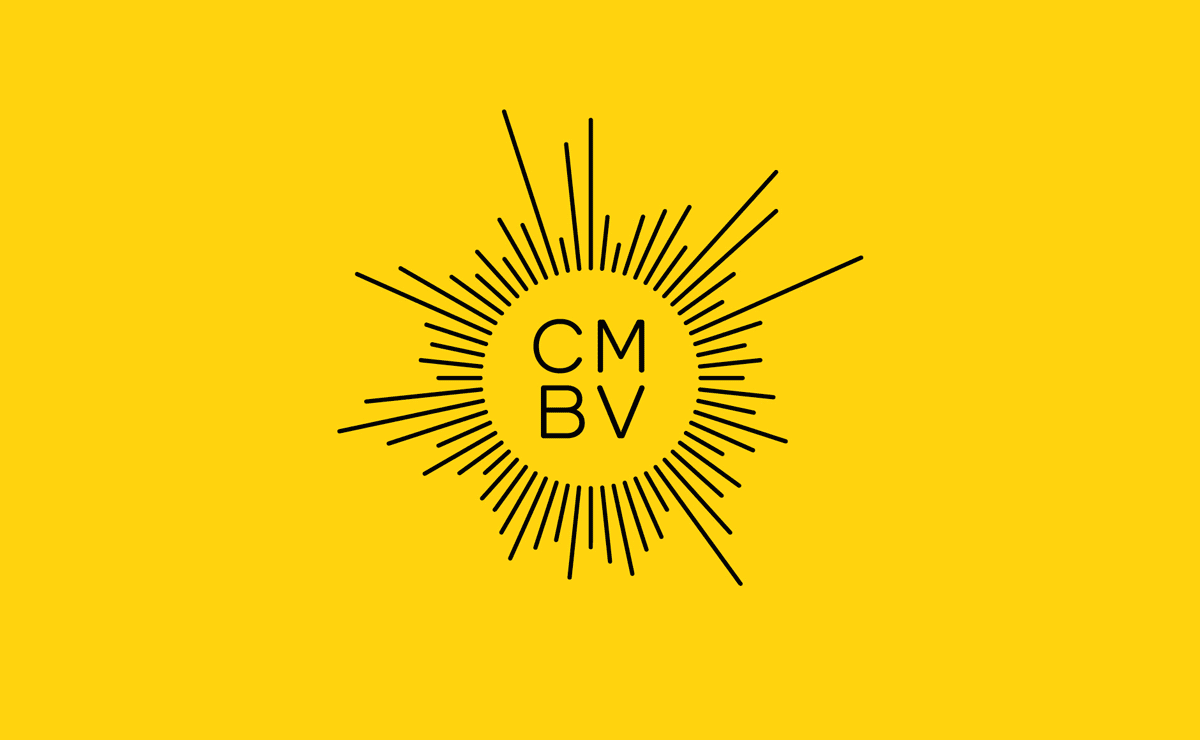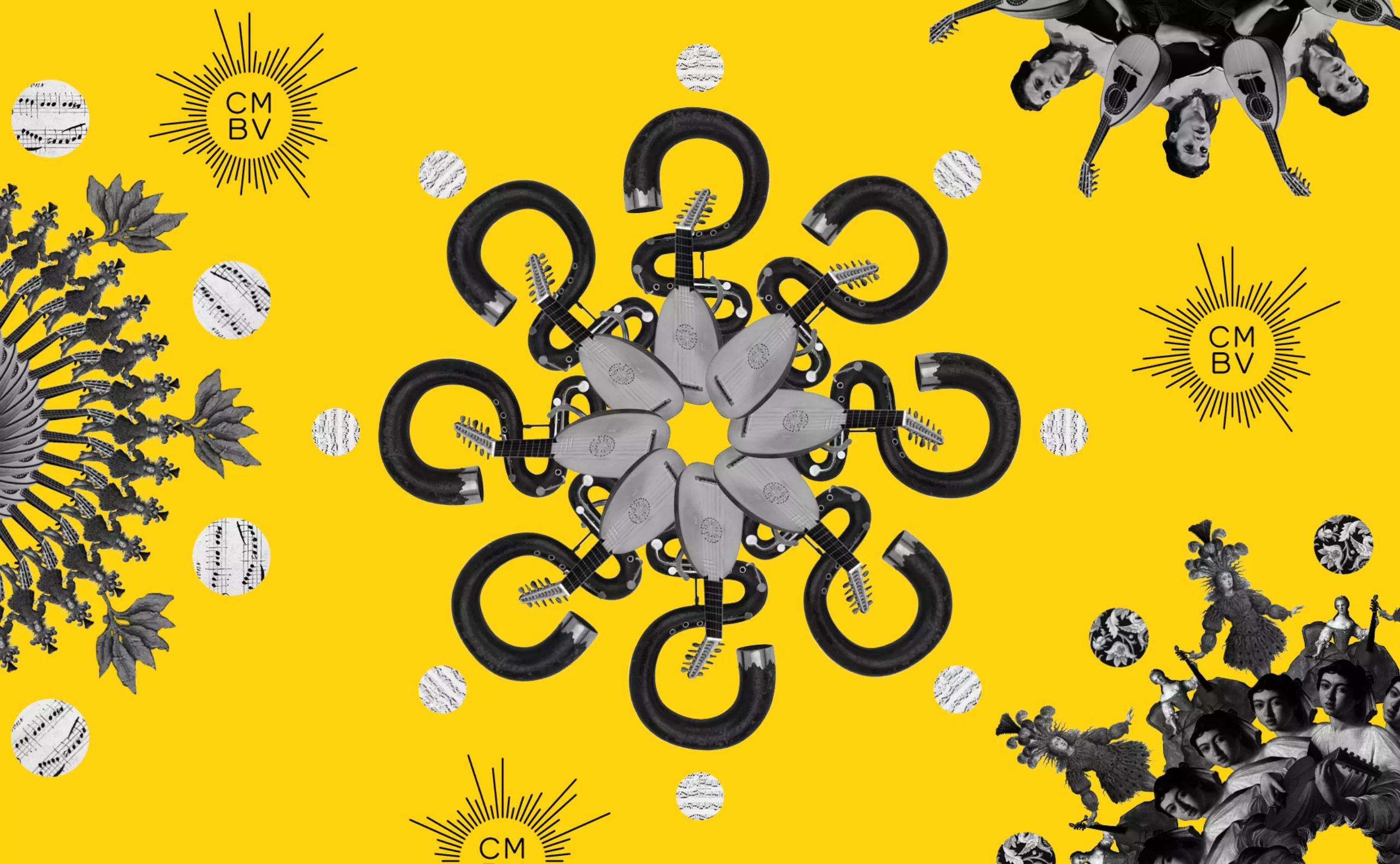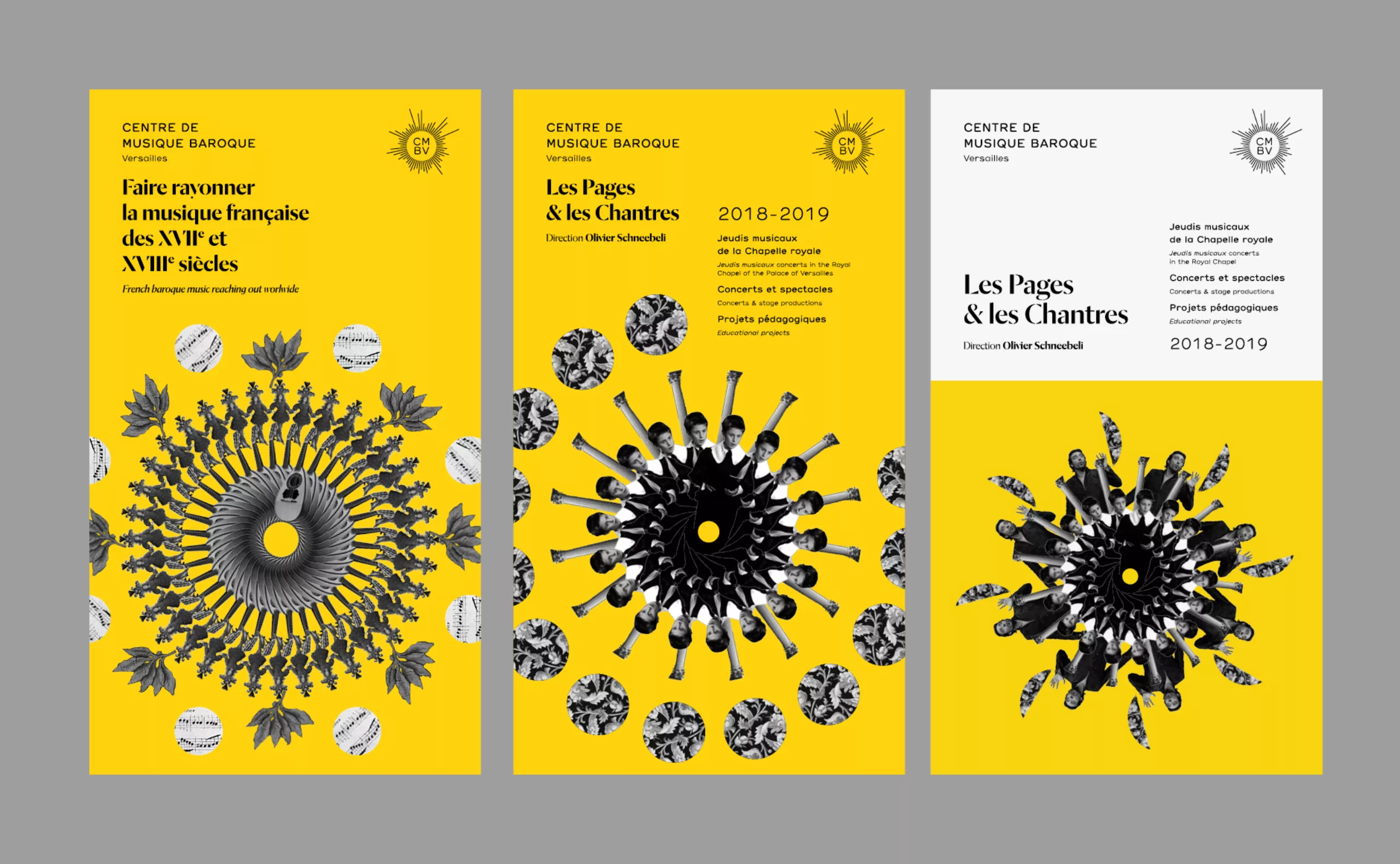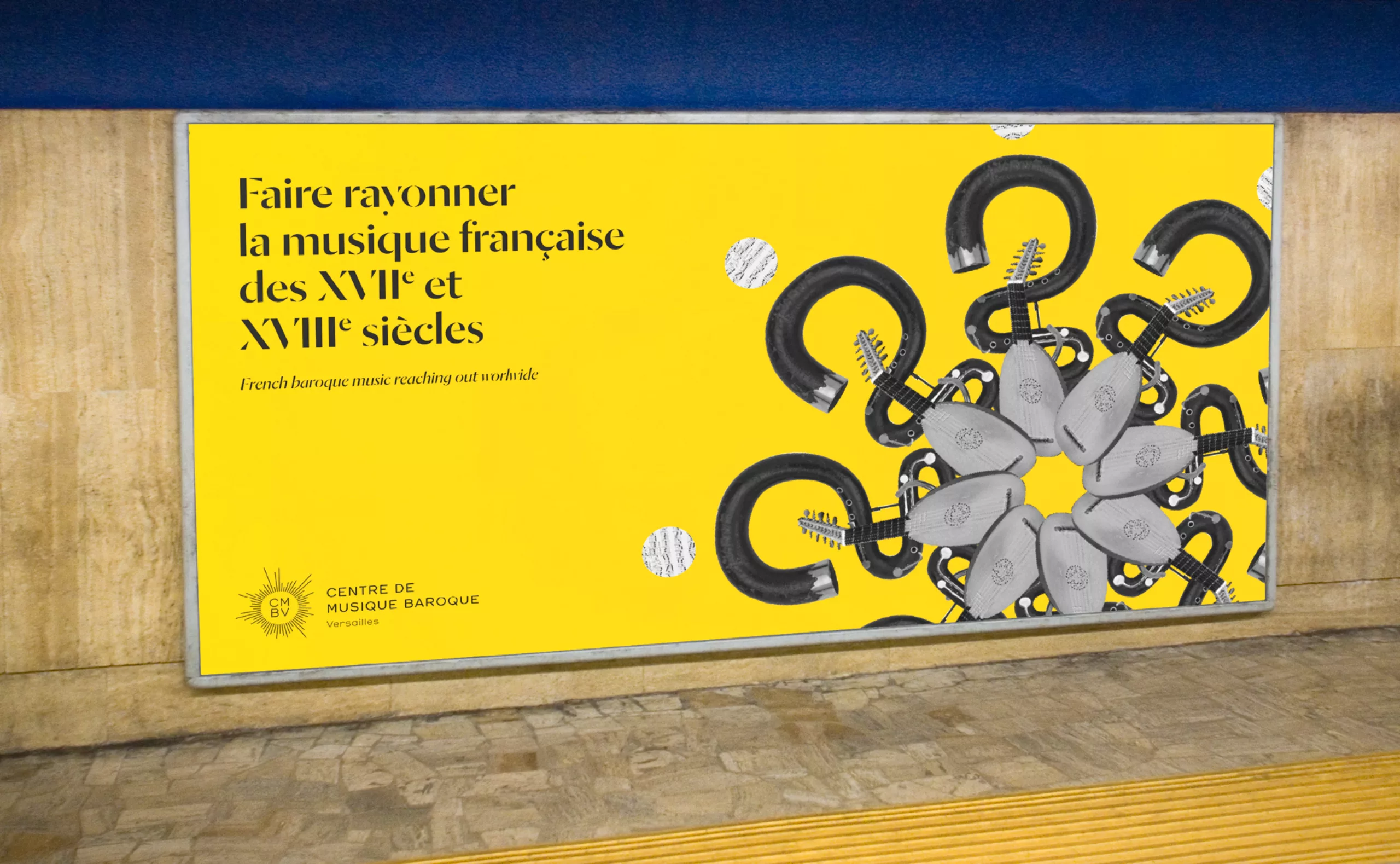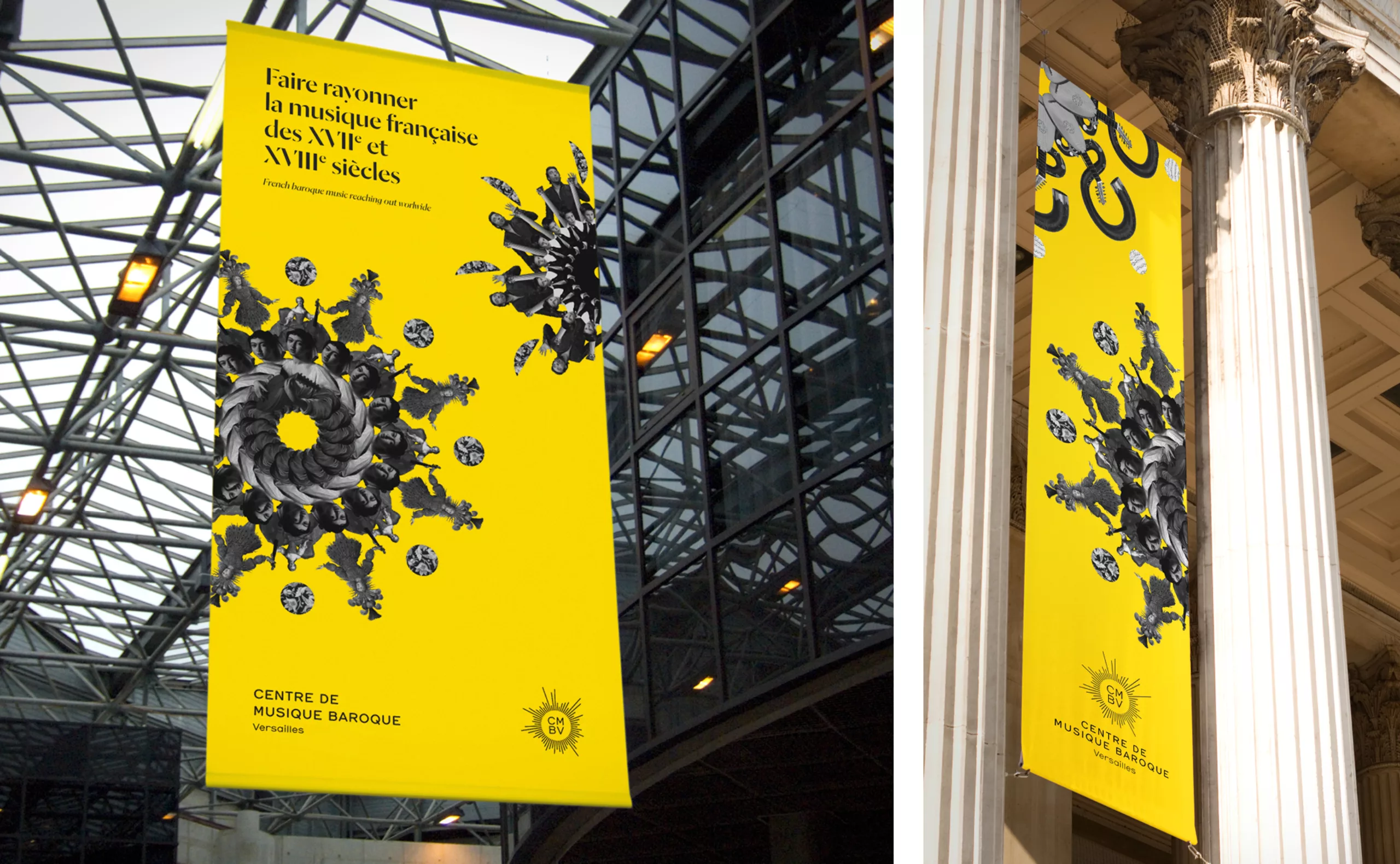A more free and original art
If classical compositions are illustrated by a marked taste for rectilinear, ordered, rigorous organization, those of the baroque will be more imaginative, even whimsical, irregular, made of curves and counter-curves. The term “baroque” comes from the Portuguese and designates irregularly shaped rocks or pearls, then by extension, everything that is extravagant.
The art of contrast
In music, the baroque style also expresses a lot of contrasts and oppositions:
- held notes/short notes or low/high notes…
- dark/light (a major chord at the end of a minor piece)…
- Appearance of the concerto (from the Italian “concertar”, “to dialogue” in French) which puts in opposition a soloist to the rest of the orchestra.
- the opposition between inventive pieces (prelude, toccata, fantasy) and constructed pieces (fugue)
An obscure clarity
For the art historian Heinrich Wôlfflin, “the Baroque style seeks to round off everything that is flat, to gain everywhere in shape, light and shadow. By reinforcing the contrast of light and dark, one can enhance the impression created to the point of giving that of a true forward gush” (1888).
There is also a characterization a little more precise as an uneven and contrasted light. Giulio Carlo Argan thinks that the baroque period “exploits the accidents of the light and the luminous diversity of the different moments of the day” (1957).
The baroque light would be thus a light in chiaroscuro being opposed to that of the period which precedes it.
